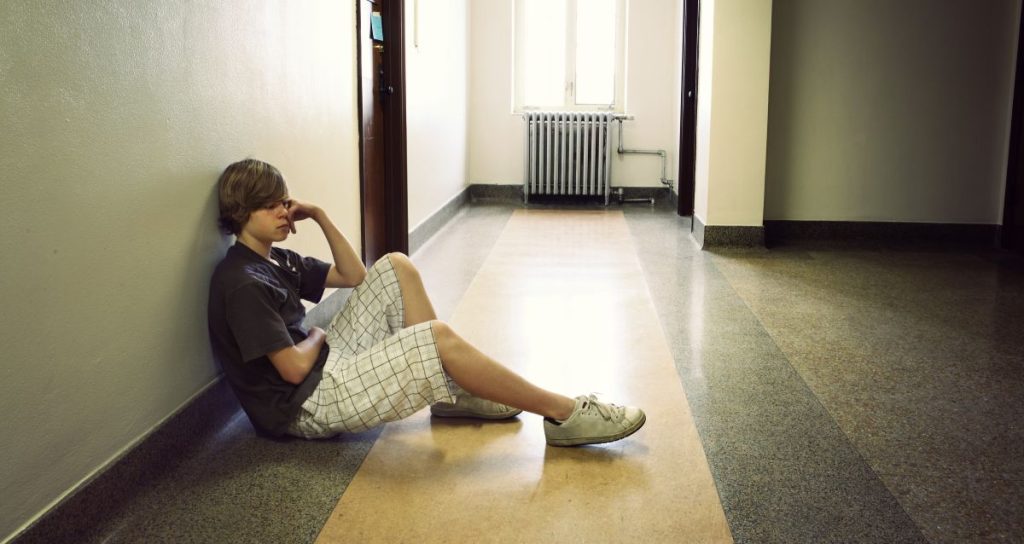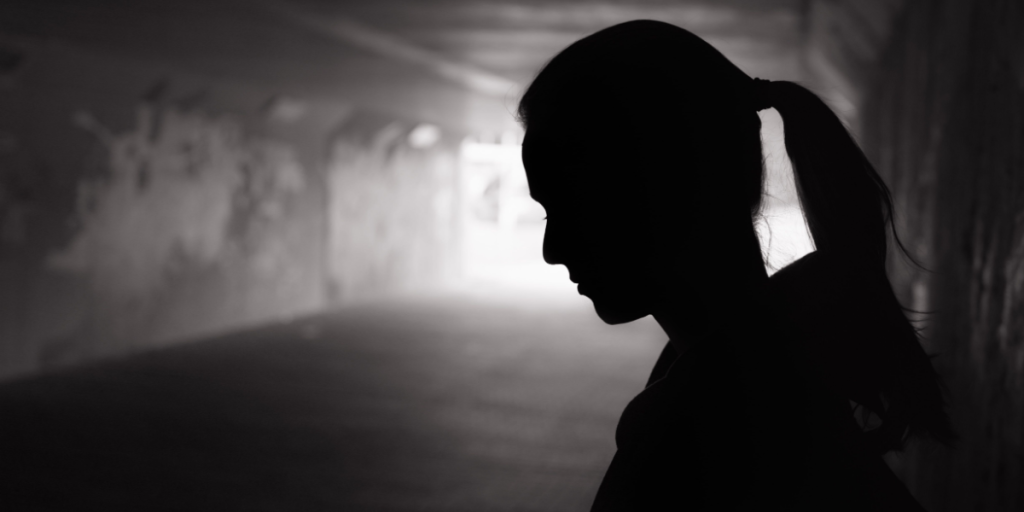Richtel explains that adolescence is a phase of internal conflict. Teens are constantly trying to reconcile what they’ve been taught (the “known”) with what they’re discovering for themselves (the “unknown”).
Others are reading now
As students return to classrooms this fall, many parents are worried, and with good reason. According to the CDC, 40% of high schoolers reported persistent feelings of sadness or hopelessness in 2023.
While that’s a slight drop from the pandemic peak, it’s a significant rise from a decade ago, especially among teenage girls.
Why Are Teens Struggling?

Journalist Matt Richtel, author of “How We Grow Up: Understanding Adolescence,” spent four years researching adolescent development.
He believes the teen brain is highly sensitive and overloaded with information, which can lead to anxiety, rumination, and emotional distress, even when everything seems “fine” on the outside.
It’s Not Just Social Media

While phones often get blamed, Richtel warns against oversimplifying the issue. He says social media isn’t the sole culprit. Instead, screen time displaces vital things like sleep, physical activity, and real-world interaction, all essential for teen well-being. But deeper changes in adolescence are also at play.
Also read
The Core Challenge: Known vs. Unknown

Richtel explains that adolescence is a phase of internal conflict. Teens are constantly trying to reconcile what they’ve been taught (the “known”) with what they’re discovering for themselves (the “unknown”).
This process, happening during a time of rapid brain development, creates overwhelming tension.
Why Teens Push Parents Away

If your teen seems like they’ve stopped listening, Richtel says it’s not personal, it’s biology. Teens are wired to begin separating from their caregivers in preparation for adulthood.
“Sometimes when your kids look at you with that blank face,” Richtel says, “you’re not looking at a jerk but at evolutionary biology.”
Meet ‘Generation Rumination’

Today’s teens do much of their exploration internally rather than physically. In the past, teens climbed trees and took physical risks.
Also read
Now, they wrestle with identity, emotions, and meaning, which can lead to fewer broken bones but more mental health questions. Richtel calls them “Generation Rumination.”
Why Teens Feel Bad — Without Knowing Why

Ever snapped over nothing after a bad day? For teens, that emotional intensity is constant. With heightened sensitivity, less sleep, and a fast-moving world, they often can’t pinpoint why they feel bad.
Richtel urges parents to remember: “Adolescents feel like that all the time.”
Are We Just Talking About Mental Health More?

Yes, and no. Richtel says both are true: we’re better at recognizing mental health issues now, but there’s also a real increase in teen distress.
Changes in society, technology, and brain development all contribute to what today’s adolescents are experiencing.
Also read
Social Media Hits Teens Differently

Not every teen reacts to social media the same way. Some feel uplifted, especially when using it to connect.
Others spiral into comparison, self-doubt, and negative body image. The difference often comes down to personality, predisposition, and time spent online.


